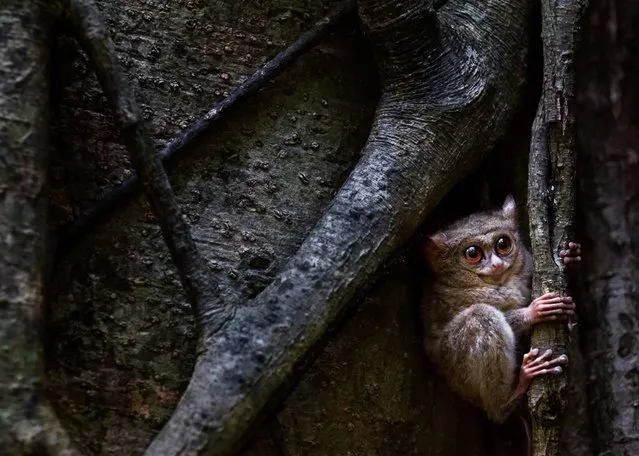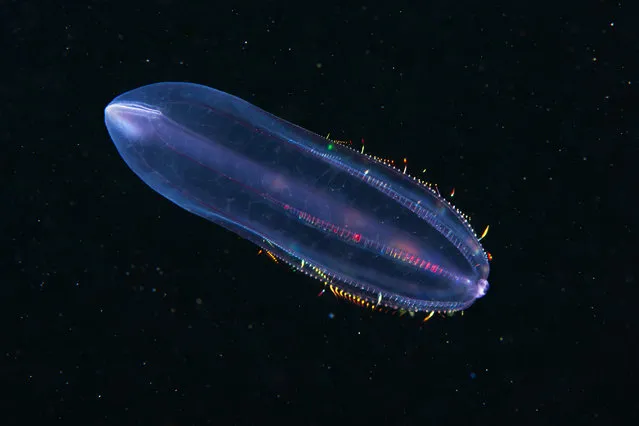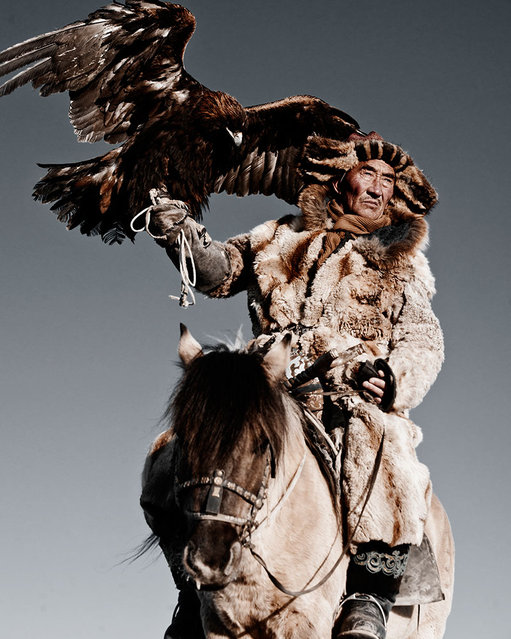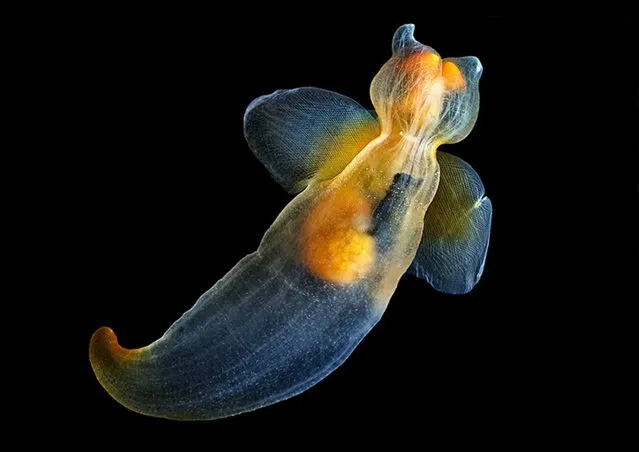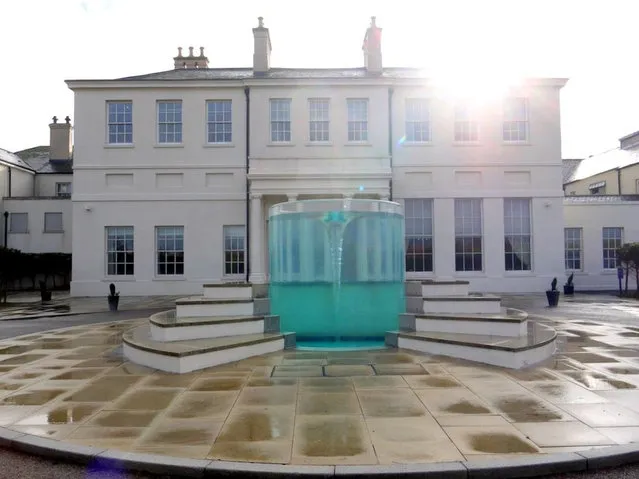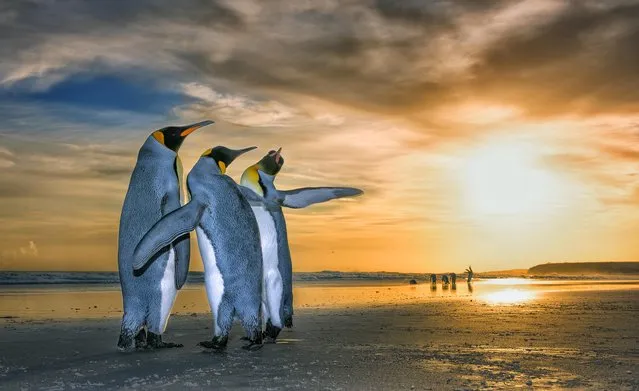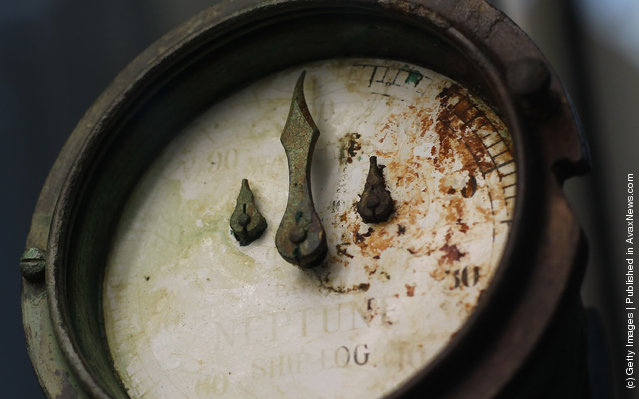
A logometer used to determine the Titanic's speed is seen among artifacts recovered from the RMS Titanic wreck site at a press preview of a Titanic artifact auction at the Intrepid Sea, Air & Space Museum on January 5, 2012 in New York City. On April 11, 2012, the 100th anniversary of the maiden voyage of the Titanic, Guernsey's will auction the complete collection of more than 5,000 artifacts recovered from the Titanic wreck site. (Photo by Mario Tama/Getty Images)
06 Jan 2012 13:28:00,post received
0 comments


